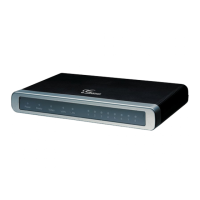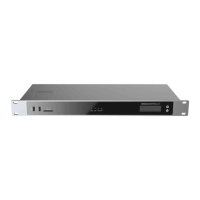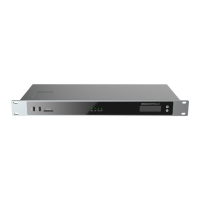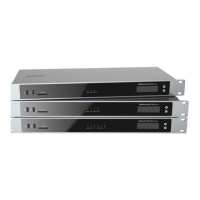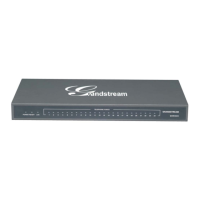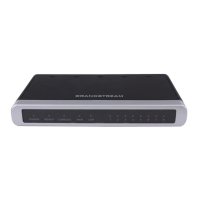one master number. In such cases users still will be able to make inter-port calls by using the IVR feature.
For example, on the GX4004 and GXW4008 the user connected to port 1 can reach the user connected to
port 3 by dialing *** and 73. Digit 7 indicated using inter-port calling feature, digit 3 indicates the port number
which should be reached. At the same manner the user connected to port 4 can reach the user connected
to port 8 by dialing *** and 78.
PSTN Pass Through/Life Line
The RJ-11 line jack on the GXW400X side connected to a legacy PSTN line, functions as a pass through
jack when the GXW400X loses power or becomes unregistered. In this case, analog phone connected to
FXS port 1 will be directly connected to RJ-11 jack marked as LINE. The pass through/life line mode
enables the user to use the analog phone for PSTN calls directly without using an access code.
Sending and Receiving Fax
GXW400X supports fax in two modes: 1) T.38 (Fax over IP) and 2) Fax Pass through. T.38 is the preferred
method because it is more reliable and works well in most network conditions. If the service provider
supports T.38, please use this method by selecting T.38 as fax mode (default). If the service provider does
not support T.38, pass-through mode may be used. If you have problems with sending or receiving Fax,
toggle the Fax Tone Detection Mode setting.
Support RADIUS Protocol
GXW400X supports RADIUS for authentication, authorization and billing purposes. Primary and secondary
RADIUS server configurations are available to provide redundancy to this feature. In case Primary Radius
server becomes unusable, RADIUS requests will be automatically sent to the secondary server. When at
least one RADUIS server was configured, the device will allow users to make phone calls only after
authorization from RADIUS server has been received. CDR (Call Detail Record) is also sent to the RADIUS
server for billing purposes. RAIDUS server can send requests to terminate calls when run out of pre-paid
credit.
The GXW400X will be able to work in VoIP billing environment using redundant double server configuration.
User will be able to configure primary and secondary RADUIS server IP Addresses or FQDNs. Once at
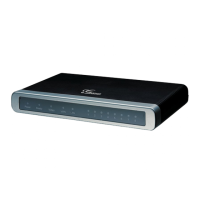
